The Best TV Shows on Tokyo Channel 12
Every Tokyo Channel 12 Show Ranked From Best To Worst
Check out the most acclaimed shows on Tokyo Channel 12, with a catalog of over 20 series updated for November 2025. Among Tokyo Channel 12’s finest offerings are 3000 Leagues in Search of Mother and Ninja Captor, which debuted in 1976 and 1976, respectively. Tokyo Channel 12’s extensive portfolio includes more than 20 shows, spanning the years from 1976 to 1981.
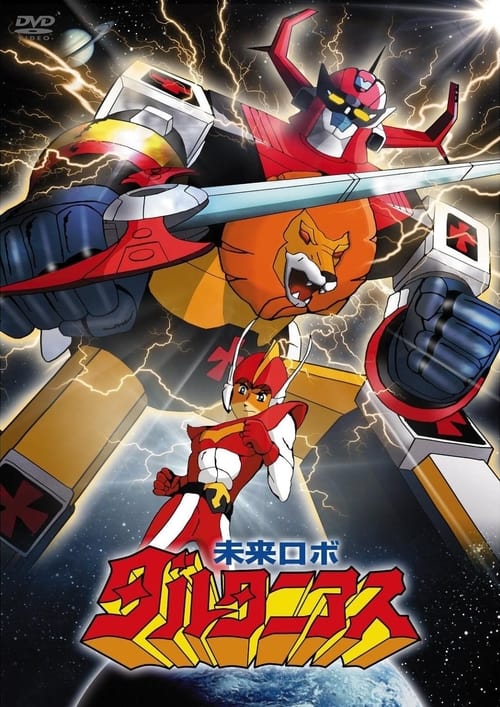 Future Robot Daltanious (1979)8.4
Future Robot Daltanious (1979)8.4Future Robot Daltanious was an anime series that aired from 1979 to 1980. The show is one of the mecha shows which was and still remains very popular among Asian countries and Italy.
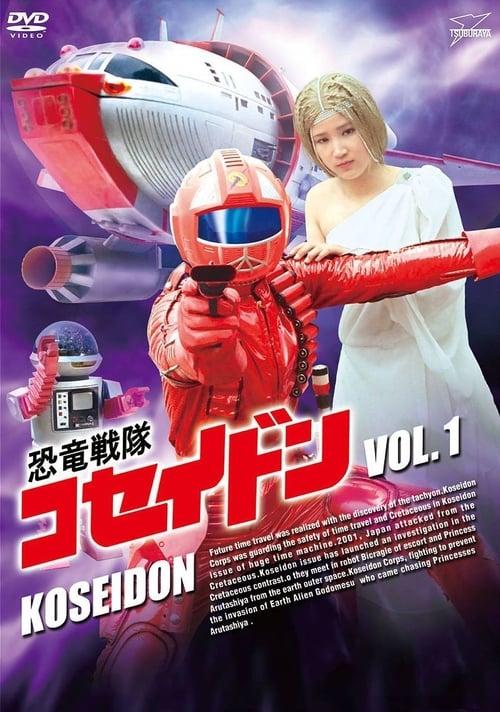 Dinosaur Corps Koseidon (1978)8.0
Dinosaur Corps Koseidon (1978)8.0The series follows the adventures of Go, a superhero leading a patrol who travel in time to defeat the Godmess Empire, an alien armada who, after landing on Earth 70 million years ago, has altered the course of time. Go's enemies include dinosaurs which are telepathically controlled by the aliens. He has the ability to stop time for 30 seconds.
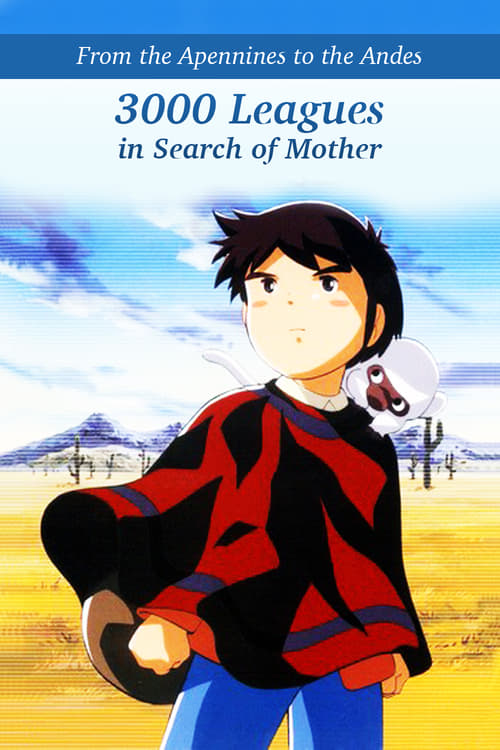 3000 Leagues in Search of Mother (1976)7.7
3000 Leagues in Search of Mother (1976)7.7Italy is in a deep depression, so to support her family, Marco's mother goes to Argentina to work as a domestic. But after she writes to her family that she is sick, her letters stop coming. So Marco decides to go to Argentina to look for her. He travels across Argentina to find her, meeting many wonderful people, and having many adventures during his journey.
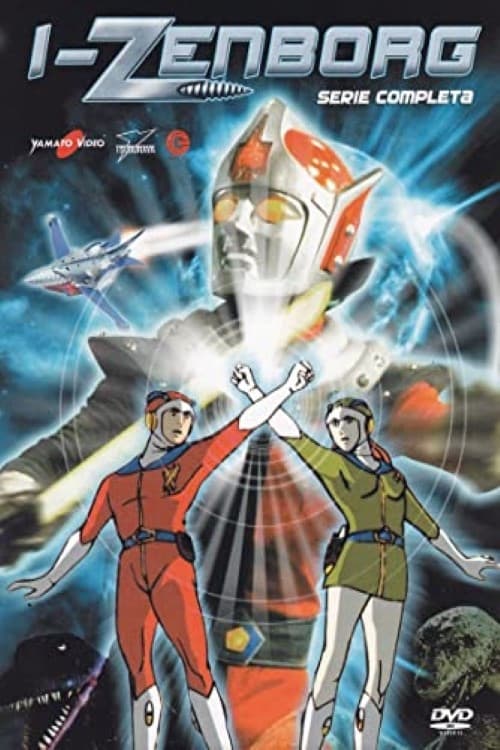 Dinosaur War Izenborg (1977)7.6
Dinosaur War Izenborg (1977)7.6Dinosaur War Izenborg was a Japanese television program produced by Tsuburaya Productions that aired from 1977 to 1978 on Tokyo 12 Channel. It combined Tsuburaya's trademark suitmation tokusatsu techniques with Japanese Animation, so this program can be categorized anime or Daikaiju tokusatsu. The show runs for about 39 episodes.
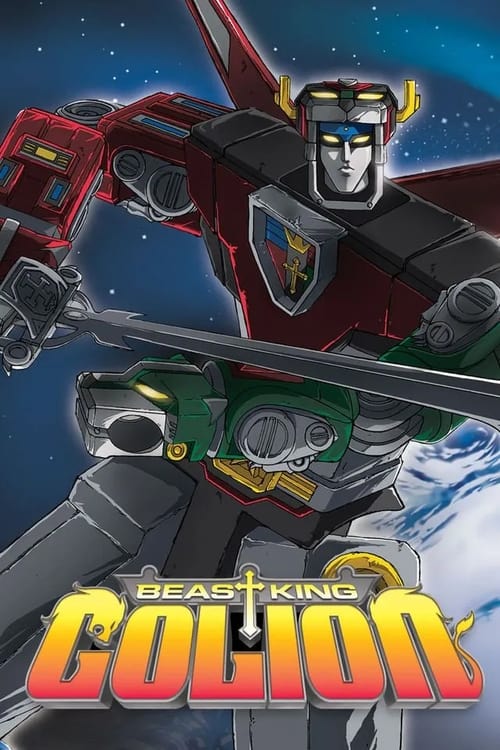 Beast King GoLion (1981)7.6
Beast King GoLion (1981)7.6Long ago, a powerful sentient robot known as GoLion, abused his great powers by attacking and killing creatures known as Deathblack Beastmen, boasting that no one could defeat him. For his arrogance, The Goddess of the Universe punished GoLion by separating him into 5 different lion robots. In the year 1999, a group of 5 young men returned to Earth after a space voyage, only to find it ravaged by nuclear war. After encountering the alien race known as the Galra, the 5 youths end up on the planet Altea and learn that the 5 lion robots that GoLion was split into are in hibernation in various parts of Altea. Somehow, they must reunite the lions and form GoLion, the only hope for the human race.
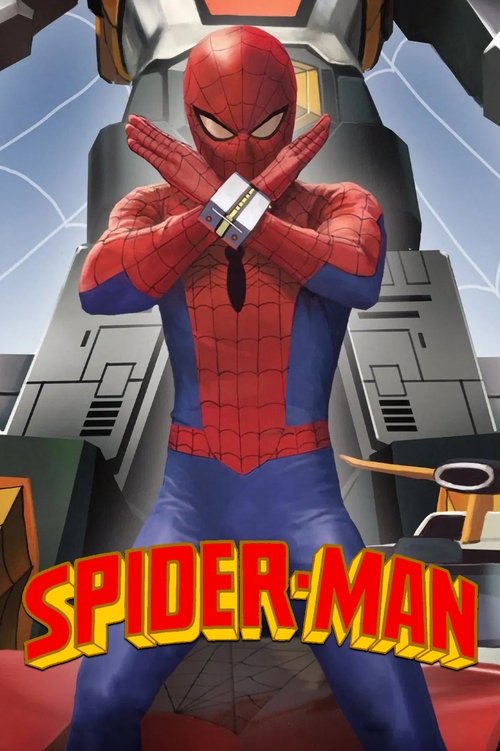 Japanese Spiderman (1978)7.3
Japanese Spiderman (1978)7.3Follow the exploits of motorcycle racer turned super hero Takuya Yamashiro, as he slings and swings, battling the evil Iron Cross Army along the way.
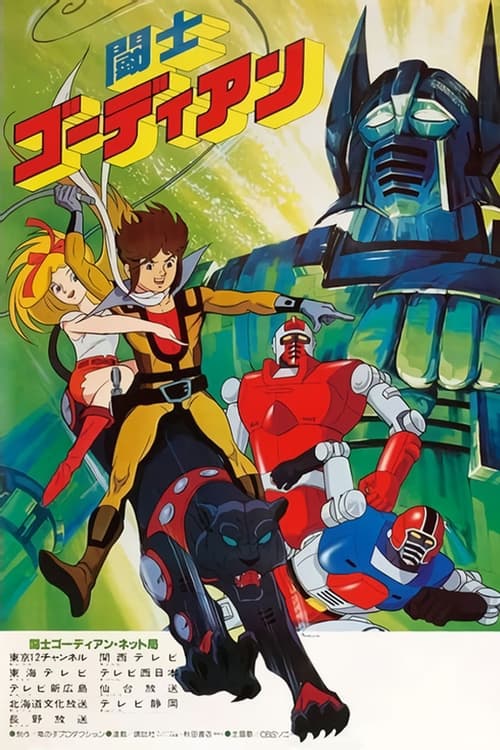 Gordian Warrior (1979)7.0
Gordian Warrior (1979)7.0The Earth had become a wasteland of deserts as the survivors work to rebuild communities. Daigo Otaki is a young orphan raised by his uncle. Becoming an adult, Daigo discovers that Victor City was in fact planned by his father who was a genius scientist. Daigo's sister Saori had been managing it. She pleaded with Daigo to take on the inheritance that Daigo's father left him, a super robot system known as Gordian. Daigo would join the Mechacon mechanic combat 18th regiment unit, an organization of law enforcers that defend Victor City against attacks from the Madokuta organization.
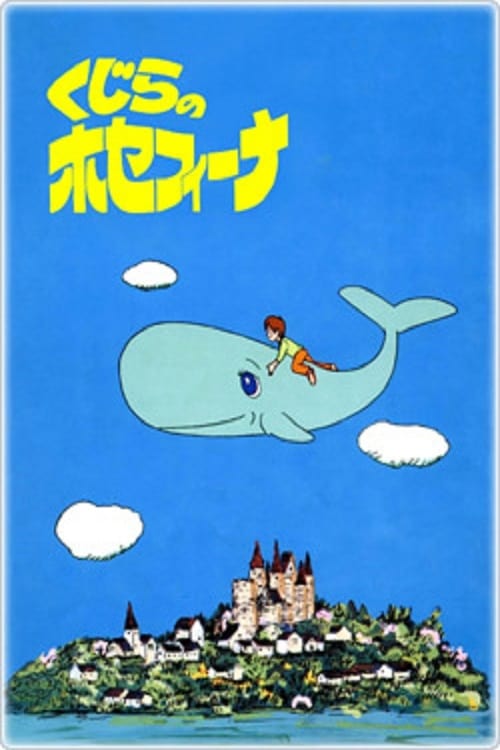 Josephina the Whale (1979)7.0
Josephina the Whale (1979)7.0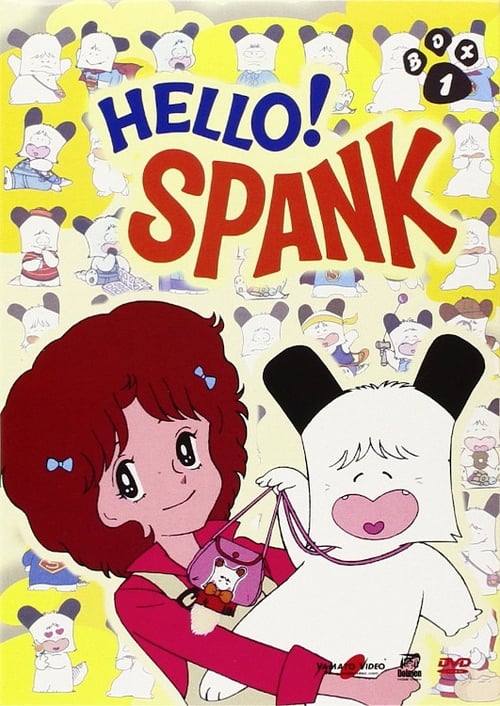 Hello! Spank (1981)6.4
Hello! Spank (1981)6.4Morimura Aiko is a junior high school student who is short for her age. Her father went on a yacht ten years ago and his whereabouts remained in obscurity. Her mother, a designer for hats, left for Paris, leaving Aiko in the care of her uncle, Mr Fujinami. Aiko had a pet dog, Papi, but it died in a car accident. Around the same time, another dog, Spank, appears before her. Having gone through so many unfortunate events in her life, Spank's presence begins to brighten up Aiko's life and put a smile on her face.
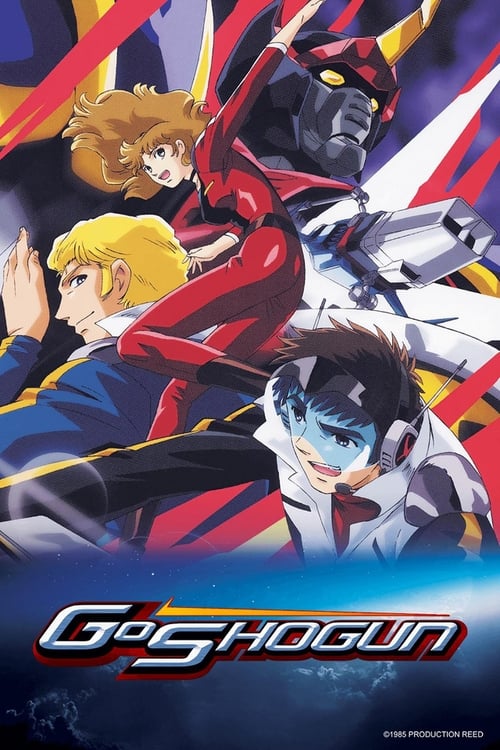 GoShogun (1981)6.4
GoShogun (1981)6.4GoShogun was a super robot anime series produced in 1981 and aired in 1982 in Japan. It is variously referred to in English as "Demon God of the War-Torn Land GoShogun", "Warring Demon God GoShogun", "Civil War Devil-God GoShogun" and "Macron 1".
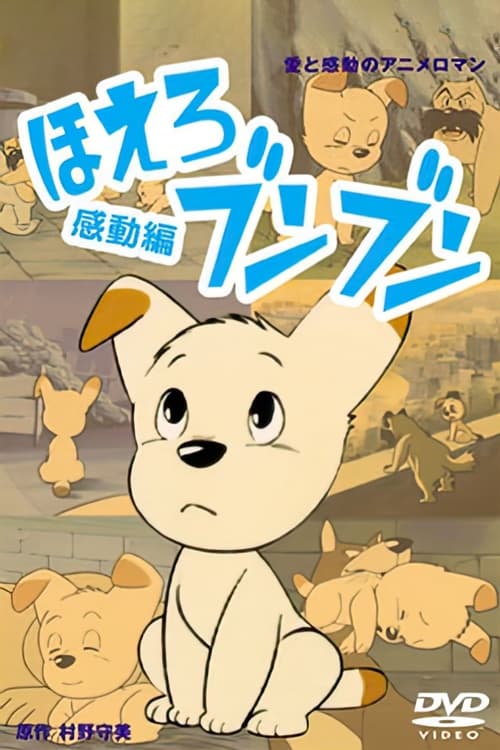 Bark! Bun Bun (1980)6.2
Bark! Bun Bun (1980)6.2Bunbun, an abandoned puppy meets the old Big, also a stray dog. Bunbun will learn to survive in an hostile and strange world.
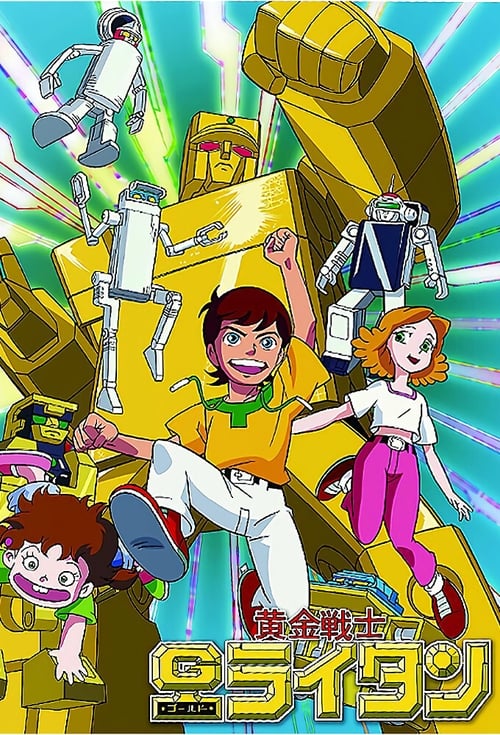 Gold Lightan - Golden Warrior (1981)6.0
Gold Lightan - Golden Warrior (1981)6.0Hiro finds what appears to be a broken lighter. However, it is actually Gold Lightan, who has fallen to Earth from the Robot Dimension. He stays in compact size until called upon to act as a valiant warrior to save Earth from alien invasion.
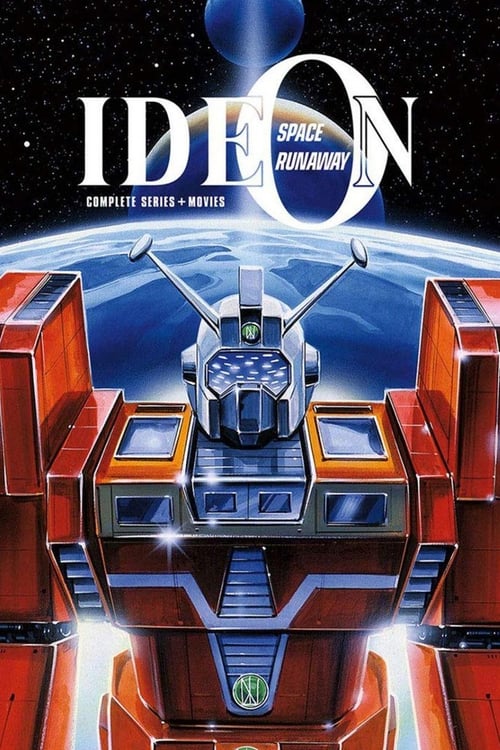 Space Runaway Ideon (1980)5.6
Space Runaway Ideon (1980)5.6From the continuing reclamation of the ruins of the planet Solo, mysterious mechas are excavated. But suddenly, an alien called Baff Kuun attacks seeking the limitless energy “Ide.” The earthlings are backed into a corner, when the three mechas piloted by the earth boy Yuki Cosmo and others fuse together. Becoming the giant robot Ideon, they use their incredible power to fight back against Baff Kuun.
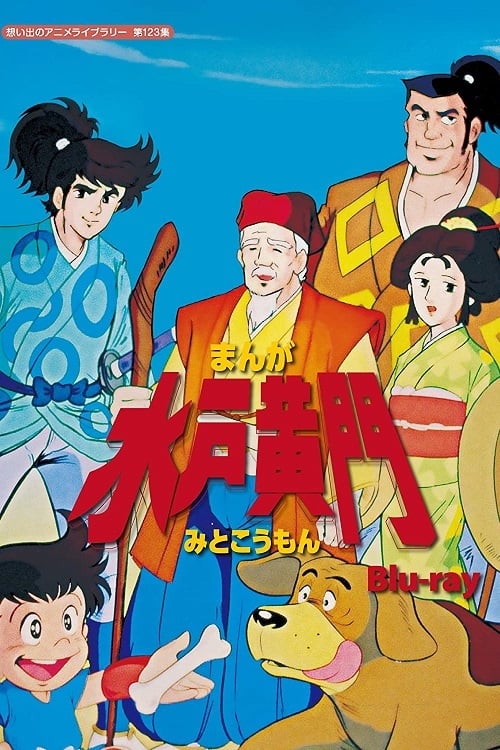 Manga Mito Kômon (1981)5.4
Manga Mito Kômon (1981)5.4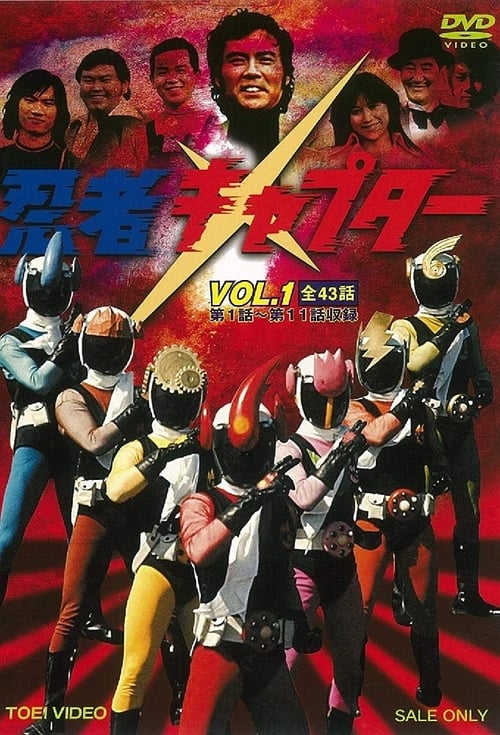 Ninja Captor (1976)5.0
Ninja Captor (1976)5.0Ninja Captor is a Japanese tokusatsu TV series aired from April 7, 1976 to January 26, 1977 on TV Tokyo 12 Channel, produced by Toei Company, Ltd. This Sentai-esque series aired during the run of Shotaro Ishinomori's original Super Sentai series, Himitsu Sentai Gorenger and was notably first superhero team show produced by Toei under the Saburo Yatsude/Hatte pseudonym. Daisuke Izumo graduates from the Wind-Demon Stealth-Army, a secret army aiming for the conquest of Japan. He instead escapes, and becomes the leader of the "Captor," a ninja team supervised by Mujin Tendou. The Captor team's mission is to battle the ninja sent out by the Wind-Demon General, Retsufuu Fuuma. This show used to be considered by some to be a part of the Super Sentai franchise* , but was later excluded. In 2013, it got a Shout-Out in the fourth episode of Hikonin Sentai Akibaranger: Season 2.
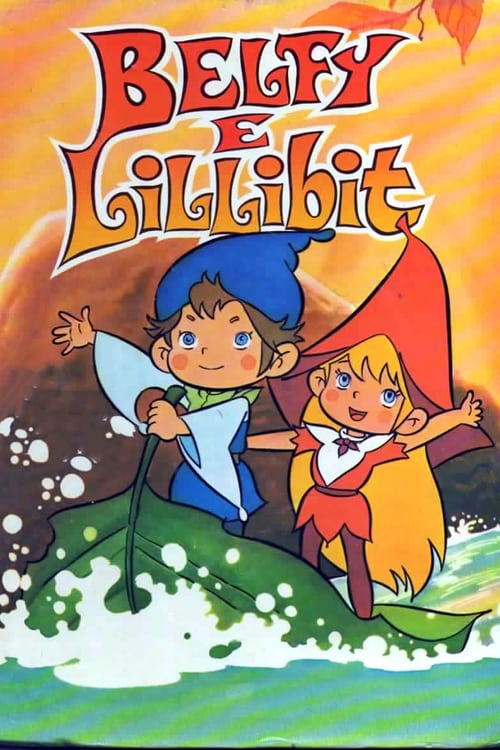 The Littl' Bits (1980)3.0
The Littl' Bits (1980)3.0The Littl' Bits is a Japanese anime television series with 26 episodes, produced in 1980 by Tatsunoko Productions in Japan. First shown on TV Tokyo, its Saban-produced English translation was featured on the children's television station Nick Jr. from 1991 to 1995 alongside other children's anime series such as Adventures of the Little Koala, Maya the Bee, Noozles, The Mysterious Cities of Gold. Due to their similar size and naming scheme, an analogy is often drawn between the Littl' Bits and the Smurfs.
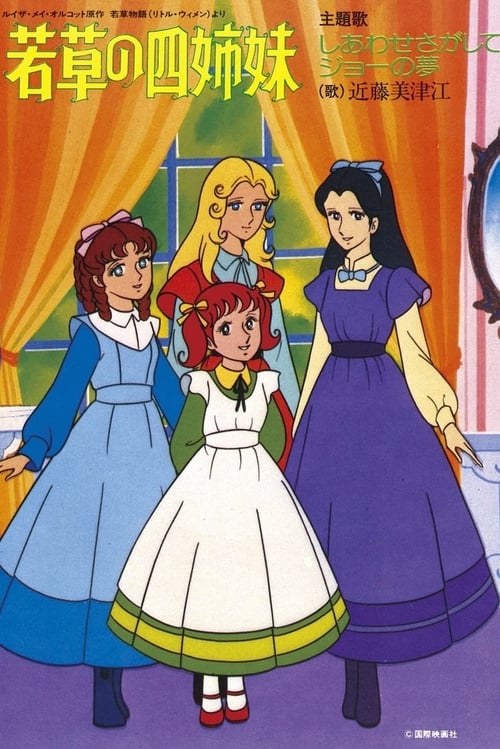 Little Women (1981)2.0
Little Women (1981)2.0In the United States, the Civil War has just broken and Mr March, a physician and father of four daughters, went to the front. Madam March remains alone with her four daughters: the eldest Margaret (Meg), Josephine (Jo) budding writer, a real boy failed, Elisabeth (Beth), the timid passionate piano, and the latest addition, Amy, who loves to draw. The four girls will quickly get to know their neighbor Mr. Lawrence, which they had a little scared at first, but also to his grandson Laurie who at the age of Jo. Together, they go through many hardships, more or less happy, the furies of Aunt March, jealousies, the joys and the war in fabric background, hoping that their father will come back safe and sound...
 Monchhichi Twins (1980)N/A
Monchhichi Twins (1980)N/A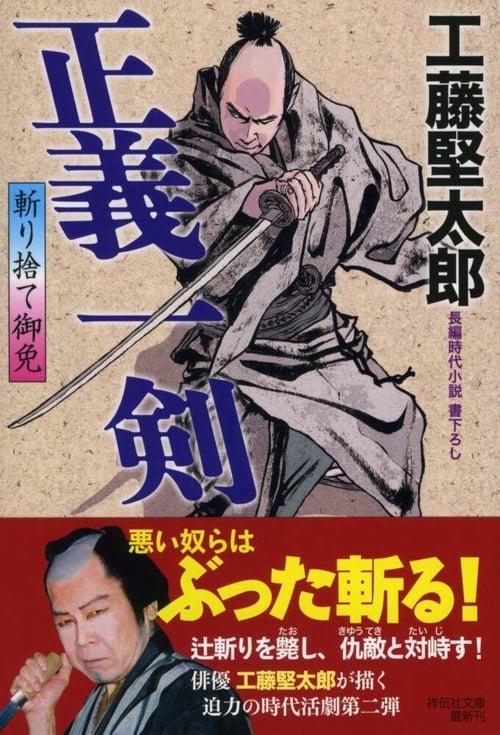 License to Kill (1980)N/A
License to Kill (1980)N/AWe're in Shamisen-bori of the bustling city of Edo. The officers of Guardhouse 36 monopolize the popularity in Edo. They're strong against evil, soft in compassion. Even the shogun depends on them. They're called the “Kirisute Bansho”... with a right to kill.
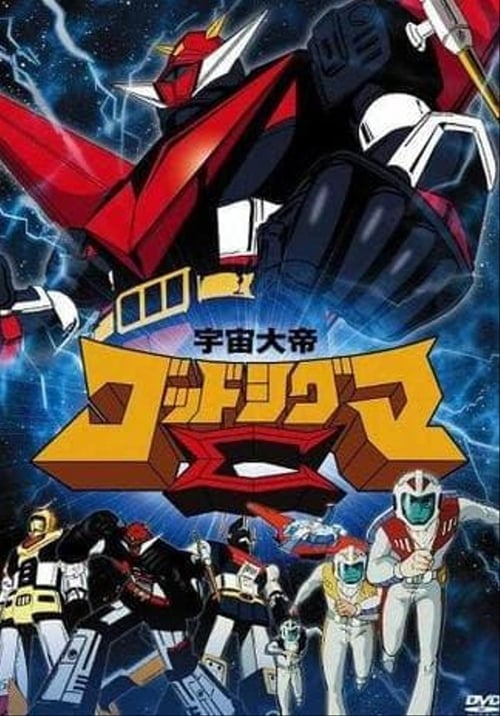 Space Emperor God Sigma (1981)N/A
Space Emperor God Sigma (1981)N/ASpace Emperor God Sigma is an anime series aired from 1980 to 1981. There were 50 episodes. It is also referred to as "God Sigma Empire of Space" and "Space Combination God Sigma".